In Bill Lessa’s hometown, the Fire Department began hanging purple flags every time someone in town died of an overdose, to raise awareness about the opiate epidemic.
When Laurie Brown’s son lived with her, she had to keep track of what she owned and check to see whether anything was missing when she got home from work.
Eleanor Trask has been sober for more than a year now but still lives with the memories of losing friends to drug overdoses and knows she’s one bad choice away from relapsing.
Brown, Lessa and Trask all have been touched deeply by the nation’s rising opiate epidemic, so when they heard about Operation HOPE, a program started by the Waterville Police Department to help those with a substance abuse disorder get treatment, they signed up to be volunteer “angels.” The program name stands for Heroin Opiate Prevention Effort.
The three are the first volunteers, along with a woman who withheld her identity because of employment concerns, to sign on to the program, which will start accepting participants Sunday. People already have called the police station about the program, said Deputy Chief Bill Bonney, who said he’s met with two people of them — matching one with a partner agency, while the other wasn’t ready for treatment.
In interviews this week, Brown, Lessa and Trask talked about their own struggles and how they hope their personal experiences can help guide addicts toward the help they need.
Lessa, 45, said addiction took over more than 10 years of his life. Now clean for about 15 years, he’s looking for opportunities to help solve the crisis.
“It’s such an ugly thing,” Lessa said. “It’s not just the addict that suffers. It’s the community.”
Meanwhile, the Police Department is holding a benefit concert at 7 p.m. Saturday at the American Legion on College Avenue to raise money for the program.
An eclectic group of musicians will perform at the concert, and there will be a raffle with $1,000 in prizes donated by local businesses, Bonney said. The venue and musicians’ time also is donated for the concert, so 100 percent of the proceeds will go to the program.
Waterville police’s push with the HOPE program comes as Maine drug overdoses deaths have been averaging one per day. Nationwide, more than 1,000 people are treated in emergency rooms each day for misusing prescription opioids, according to the Centers for Disease Control and Prevention.
Maine cities and towns are facing a combination of hurdles as the drug situation worsens: shrinking municipal funds for local police departments, a lack of treatment facilities for the number of addicts in the state and ever more deadly synthetic versions of opiates.
At a news conference for Operation HOPE in November, Bonney said city police are hoping to “attack the demand” for drugs by focusing on recovery with this new program.
Operation HOPE will partner the Waterville Police Department with the Police Assisted Addiction Recovery Initiative, or PAARI, to place those seeking help for substance abuse disorder in residential treatment facilities. The program’s other partners include the Kennebec Valley Community Action Program, MaineGeneral Health, Healthy Northern Kennebec and Discovery House of Central Maine, which is a program of Acadia Healthcare.
People suffering from substance abuse disorder can go to the Waterville police station and turn in any drugs, tell the dispatcher they are there for Operation HOPE and then get screened for the program. Officers will screen for any past violent crimes, like murder, that could pose safety concerns. If a person has any outstanding warrants, officers will provide support to get them settled, Bonney said.
Then one of the volunteer angels will work with the person to get placement in a residential treatment center.
FINDING BALANCE
Lessa was 20 and working as a commercial fisherman in New Bedford, Massachusetts, when he started using drugs, mostly heroin and opiates. It wasn’t for any specific reason; rather, it was just the environment he was in.
Lessa overdosed three times and remembers that when he got his last shot of Narcan, a brand of naloxone used to treat overdoses in emergency situations, the doctor told him they were “literally making a toe tag for you.”

Bill Lessa, a former drug addict, wants to help addicts find a balanced life and identify goals.
He reached a point at which he wanted a better life, but he went through every type of treatment center before he figured out what worked for him. Lessa tried two halfway houses, multiple rehabilitations, methadone clinics, counseling and Alcoholics Anonymous; and while they would help him detoxify and get off the drugs, it wasn’t enough to get back on his feet so he could stay sober, he said.
“Anybody can get clean. It’s the staying clean,” he said.
Lessa learned that he needed to balance meetings and counseling about his addiction with other things in life — family, work, community and exercise. Eventually, he struck the right balance and then started a landscaping business, hiring people who had similar problems.
“Some people call me a true miracle in New Bedford,” he said.
Lessa sold his business and bought land in Winslow to embark on a new journey helping those struggling with addiction. He hopes eventually to start a second-chance program to help people get back to a balanced life.
As an “angel,” Lessa hopes to impress upon addicts the need to take their recovery beyond treatment-type meetings and find specific goals in life that can help steer them toward a healthy and lasting recovery.
“I think a lot of people can do what I did if they have the right help,” he said. “I really want to see the addict do well.”
A WAY TO HELP
According to the Centers for Disease Control and Prevention, more than 52,000 Americans died from drug overdoses in 2015. Opioids were involved in more than 33,000 of those deaths, 15,000 of which were from prescription opioid overdoses.
“I want to see these numbers going down,” said Laurie Brown, 54, of Benton. “I don’t want to see these fatality numbers going up anymore.”
Brown remembers a time in her life when she worried about her son, who has substance abuse disorder, becoming one of those numbers.
“You didn’t know if you were gonna get a phone call, or if someone was gonna come knocking on your door,” she said.

Laurie Brown, whose son is a drug addict and currently is incarcerated, wants families of those who are addicted to know they can reach out to others for help.
Brown said her son was prescribed a painkiller and then became addicted. He tried to get help, but it didn’t work.
When he lived with Brown and her husband, he stole from them, she said. He lost time with his two young children, because he wasn’t allowed visitation if he was high. The stress took a toll on her health, Brown said, but she still tried to help him.
“You know what? It’s your child. You do what you can to help them,” she said. “I brought him into this world. I would do anything to help him.”
At times, however, she did have to use “tough love,” she said. Brown has kicked her son out of the house three or four times, she said. She’s dropped him off at a shelter after realizing he had lied to her about what he’d been doing. She avoided answering his calls because she knew he wanted money.
“Putting him on the street was the toughest thing,” she said. Her son would get clean for a while and come back, but the cycle didn’t end.
Now he’s incarcerated, which Brown said leaves her with the peace of mind that he’s safe.
Brown is joining Operation HOPE as a volunteer angel to help herself recover from the stressful times.
“This is a way for me to help myself,” she said. “I have a lot of insight into it, what it actually does to families. If I can help place one person, that’s going to be a success right there.”
Brown also wants families of those who are addicted to know they can reach out to others for help.
“I would keep everything bottled up,” she said, but as she opened up more with friends and coworkers, she realized they weren’t judging her. “They were there to help me.”
FINDING HOPE
About 12 percent of high schoolers reported in 2013 having misused a prescription drug sometime in their lifetime, according to a 2015 report from the Department of Health and Human Services. Maine has a high drug use rate, not including marijuana, among 18- to 25-year-olds when compared to other Northeastern states.
Eleanor Trask, 26, of Bangor, grew up in a Pentecostal household in the small town of Vassalboro, and no one smoked or drank around her.
Even so, she started drinking and hanging out with people who liked to party when she was 15. By age 17, she was smoking crack, using cocaine and taking prescription pills. By 18, she was using actively every day.
Trask said there were “many times in many years” when she wanted to stop using drugs. She tried group therapy, one-on-one counseling and dialectical behavior therapy, but nothing worked. Everyone suggested she try a rehabilitation facility, but she was afraid to go, she said.
“After living a certain way of life for so long, I feared change,” she said. “I had to hit what I call a bottom.”

Eleanor Trask, who has been sober for more than a year, lives with the memories of losing friends to drug overdoses.
Trask lost a close friend to drug addiction, which spurred her to put down all substances, including alcohol, and find a way out. But it wasn’t easy to do that.
Trask remembers calling every rehabilitation center she could find and not having any luck.
“I was at a point in my addiction where I didn’t want to live like that anymore, and I didn’t know how to live differently,” she said. “I was going to refuse to live like that. I was going to take my own life.”
Finally, Trask reached someone who helped. The woman mentioned a rehabilitation center in California where treatment cost $6,000, a typical charge, and Trask told her she didn’t have the money. The woman said she’d call back, and 20 minutes later she did with good news: She’d found someone who was willing to donate the money for Trask’s treatment.
Trask said she was taught how to stay clean. While she did relapse, she had the skills to get back on her feet and get clean again. The distance between herself and the state where she grew up and started using drugs helped as well.
“I was active for 10 years. I only knew people that used drugs,” she said.
A rehabilitation center also has the ability to help people with physical withdrawal, which causes pain and sickness that leaves “no room for you to think about getting clean,” she said.
But getting over the withdrawal was the easiest part of recovery, Trask said. Learning who to hang out with, where she could go and just how to live without thinking about the next high was the hardest part.
“I’m one bad choice away from being right back where I was,” she said.
Trask signed on as a volunteer angel to help people in the area where she went to high school. She wants to give people hope for recovery.
“Anybody is capable of being dragged down by addiction,” she said. “I just want anyone that comes in that I’m called to sit with to know that it’s gonna be OK.”
Madeline St. Amour — 861-9239
mstamour@centralmaine.com
Twitter: @madelinestamour
Send questions/comments to the editors.


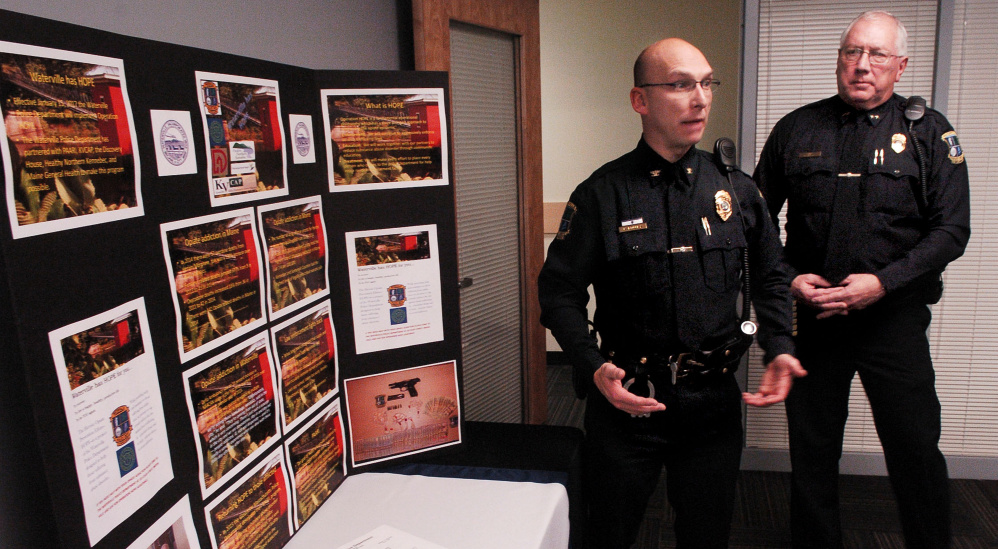
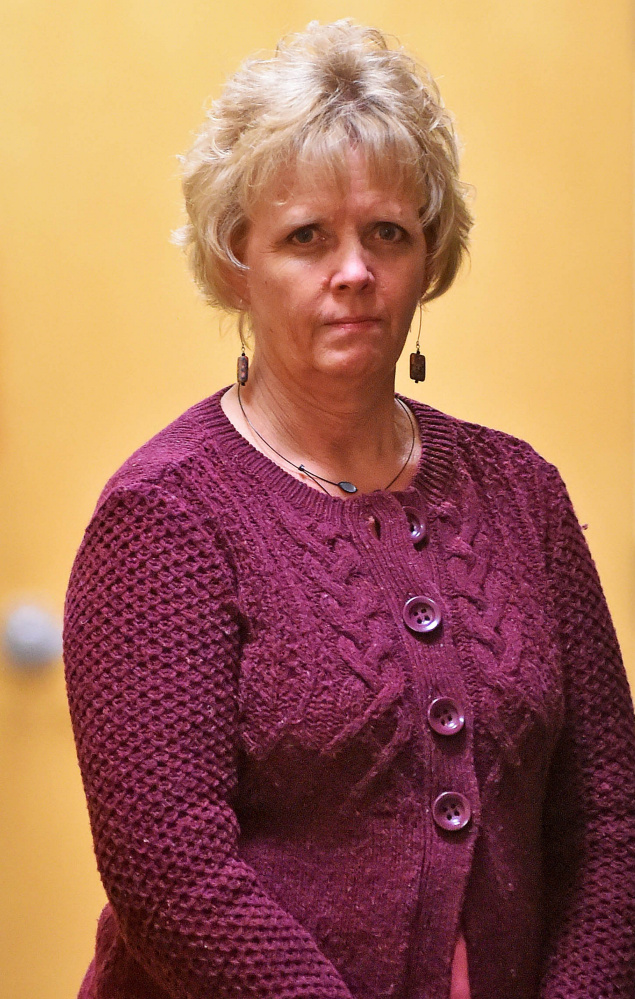
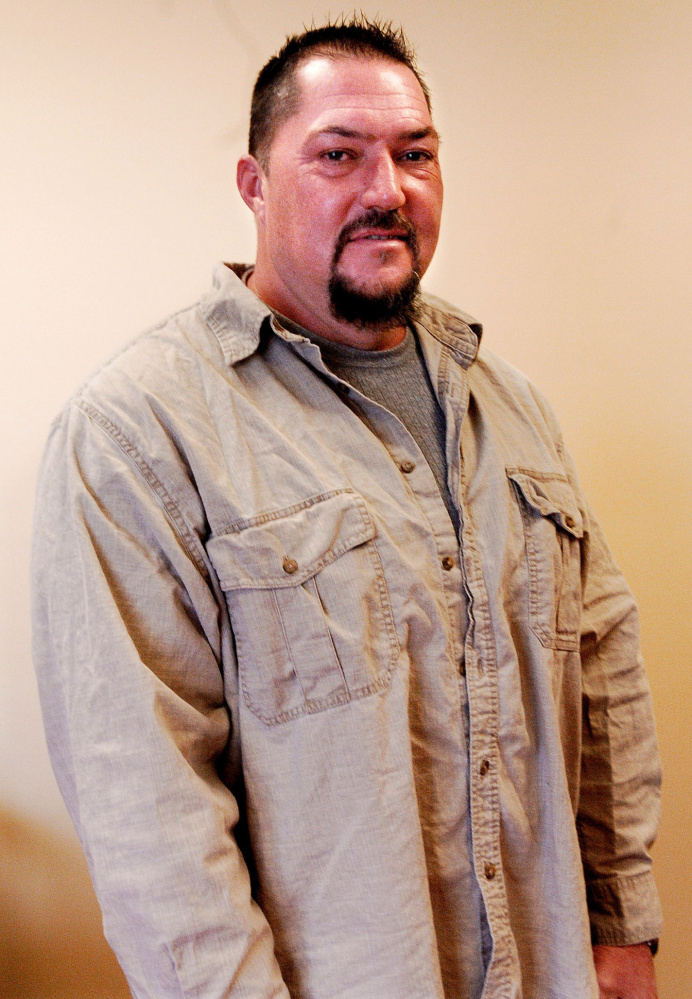
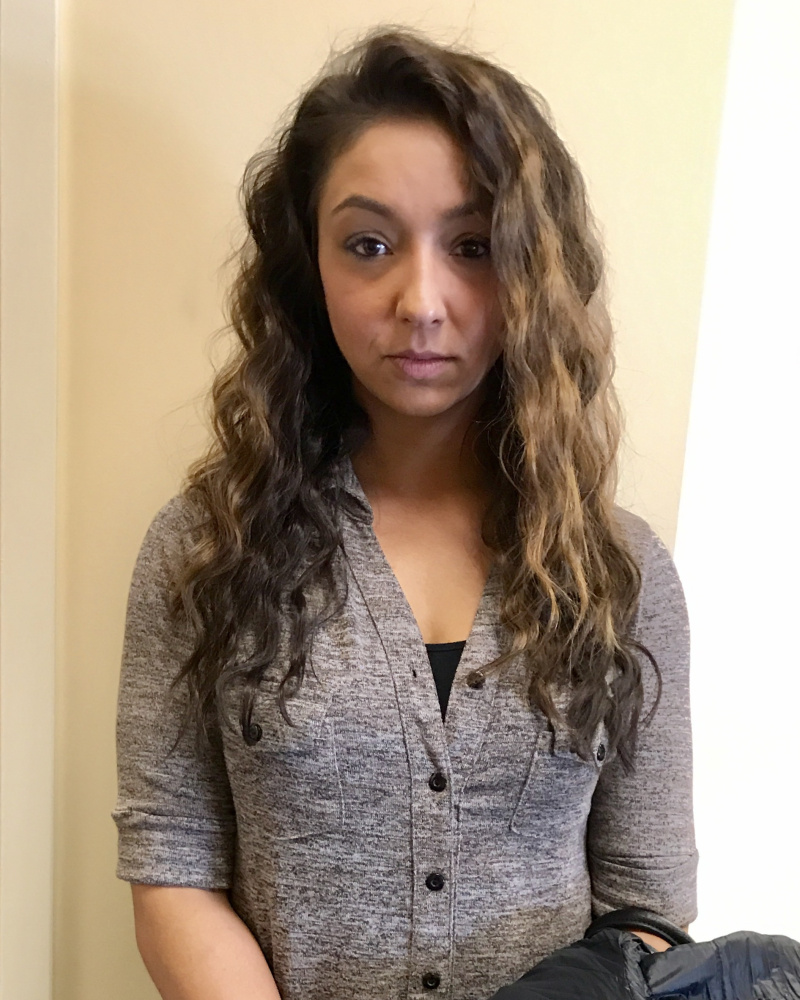
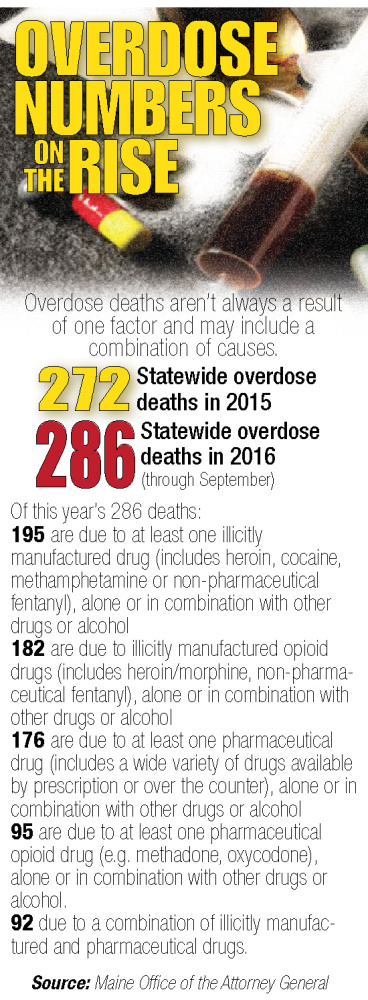

Comments are no longer available on this story